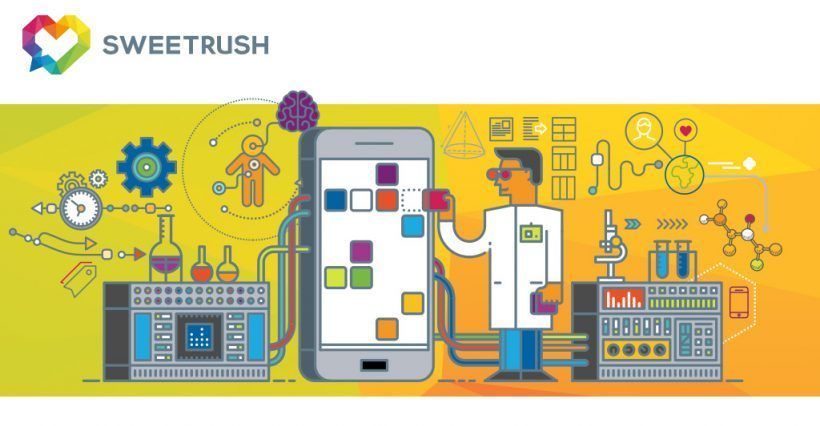How To Use Mobile Learning Tools To Collect Learning Analytics
Today’s organizations are beginning to realize the potential of building data-driven learning programs, making it crucial that we know what information we should be collecting from our learners. While it can be useful to use pre-existing data and research taken from previous research, the speed of today’s business environment means that data can date quickly. Being able to use our own mobile learning tools to collect data from our increasingly mobile learners is one way to help us stay on top of emerging trends in our own analytics, helping us create personalized programs for optimum results.
Why Now, Why Learning Analytics?
We have reached a tipping point in the way we create learning content for our audiences. Our Learning and Development teams can understand a certain amount about our learners, but the way they behave may surprise us from time to time. For instance, perhaps a team which recently received training performed unexpectedly badly in the e-learning module of the program. It is only with analytics that you will be able to identify the specific trends in their lack of understanding. The best mobile learning tools come with in-built analytics functionality to help us identify where people are going wrong. Armed with this data, we can then think about exactly why our learners may be struggling with content, and come up with a solution to help them improve their performance.
Using Mobile Learning Tools
Much of today’s e-learning is created to be mobile accessible. With workplaces becoming more flexible and our audiences needing to be able to access content wherever they are, modern mobile learning tools give us the benefit of being able to create, distribute and track content through a single product. Keeping analytics together with the content created in-house gives your Learning and Development team a full overview of how people are performing at every point in the e-learning. If you can only monitor learning on desktop computers, you could be missing out on a valuable piece of the puzzle from everyone who accesses learning on their smartphones or tablets when they are on the move.
What To Collect
Some older mobile learning tools may not collect any data at all, or it may not be especially meaningful. The latest mobile learning tools allow users to automatically gather learning analytics for use by Learning and Development teams, with a wealth of information available to help us better understand our learners and their performances. For instance, being able to pinpoint specific questions where learners are struggling can be vital to the overall failure or success of our program. If we can drill down into our data to find that learners in a particular country are bringing down the average score, we can probe these learners to find out what extra support they need. For instance, it may be the case that the program is only provided in English, and one office has many second-language speakers who would perform better with translated or localized content. The best mobile learning tools will collect all the data you could possibly need, using demographic filters to help you understand the learning and performance trends in your organization.
Translating Analytics Into Learning
Once we have this rich bank of data available from our mobile learning tools’ analytics software, we need to know what to do with it. It is all too common for organizations to collect data, then do nothing with it while they move onto their next challenge. But give your Learning and Development team the time to think about the learning analytics available. Encourage them to use the data to get to the bottom of any weak performances or inconsistencies, so that these can be targeted more closely with future initiatives. You can also use this data to create fully personalized programs for teams or even individuals. This could involve focusing more on specific topics, offering more assessment questions or changing the type of content based on different learning styles.
Achieving Results
The more data we have about our learners, the better we can help them achieve their personal ambitions and the goals of the company. We should think of the learning analytics process as a cycle. The data we collect should inform our next revision of the content. The data from this revision should then be analyzed, and should feed into the next version. If this process continues, we should notice a marked difference in the performance of our learners. The key to achieving success through learning analytics is to create fully customized programs. A one-size-fits-all approach will not be as effective as one which has been carefully sculpted based on learning analytics.
Looking for mobile learning tools to help you collect learning analytics? Find out more about gomo, with its new hosting & analytics tool for quick, easy data collection and analysis.








